| Sorted by date | |||
page143from Nordic Architects Writes
of built-in cupboards, the opportunity to
open the rooms on the garden, the intimate connection with the natural setting
throughout, to say nothing of the actual artistic design of the detail, with
large, empty surfaces or discreetly patterned ones, a lot of unstained wood,
plaited straw – an aim t let materials speak for themselves without the burden
of ornamentation – in a word, without the stimuli from Japan, contemporary
Western architecture would not be what it is today.
In
some quarters one notices a tendency to again regard what has gradually grown
up more highly than the outcome of rational thinking, the... more ...
|
|||
|
|||
|
|
|||
page142from Nordic Architects Writes
Pantheon, the giant halls of the Roman
baths and the basilicas, Hagia Sophia, the Gothic cathedrals, Baroque churches,
banqueting halls, stairwells. In East Asia, above all in Japan, monumental
spatial architecture, those bold techniques of vaulting, is notable for its
total absence. How limited, how strangely similar over a period of one thousand
five hundred years East Asian architecture seems to us beside the European,
with its changing styles, sudden reverses and constant ability to renew itself.
There are, of course, shifts in style there, too, and that they seem less
different from one another than their European counterparts depends no doubt to
a certain extent on the unifying distance. It is probably indisputable,
however, that the changes really have been gre... more ...
|
|||
|
|||
|
|
|||
page141from Nordic Architects Writes
“We must envisage our living space as
compartments or cabins. We must consider the house as a machine for living in
or as a utensil”.
It
is written in a language that has no word for the concept “home”. Behind lurks
the ideal of a society like a rational beehive, a society which must seem like –
and is, to the extent it has been implemented – a degradation to mankind. To innumerable
modern people the home is the only place where they do not function like rats
in a treadmill, where they can, at least to a certain extent, exercise their
creativity freely. The home is the last defence against the mechanization of
life. If Functionalism is to have a future, Le Corbusier’s rationalist
R... more ...
|
|||
|
|||
|
|
|||
page140from Nordic Architects Writes
that this architecture is “unarchitectural”,
“musical”, the sculpture “non-sculpture”, “picturesque”, and so forth. But one
does not have to use these hackneyed expressions; it can be called “total art”,
“unison” art, which is what it is, in fact. Everything depends on the whole,
and the whole depends on all the individual details. It cannot be denied that
the various art forms individually lose weight in the process; if a decorative
detail is taken out of context it seems more or less meaningless. At the same
time the whole suffers, for the architecture itself is not enough on its own,
either. In other words, the “totalitarian” principle has been carried to the
extreme. And all this inexhaustible wealth is finally merely an instrument on... more ...
|
|||
|
|||
|
|
|||
page139from Nordic Architects Writes
1943
Nils Erik Wickberg
Thoughts on Architecture
What makes a work of art – a poem, for
instance – interesting, and gives it permanent validity, though the subject and
meter may have been endlessly repeated, is its personal ring. In some tribe or
nation on the other hand, we are fascinated by its particular national
characteristics. When we travel in a foreign country it is not the outside
influences and impressions found there that interest us primarily; the most
br... more ...
|
|||
|
|||
|
|
 ... ...
... ... ... ...
... ... ... ...
... ...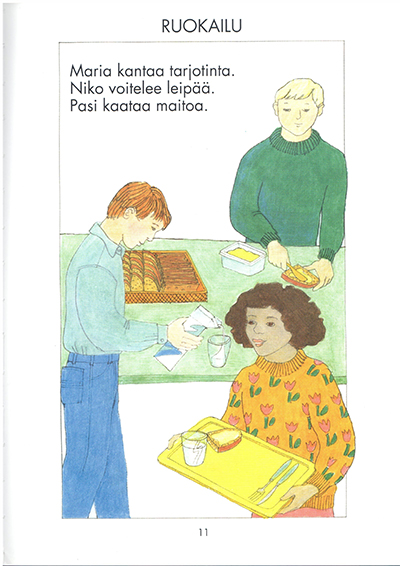 ... ...
... ...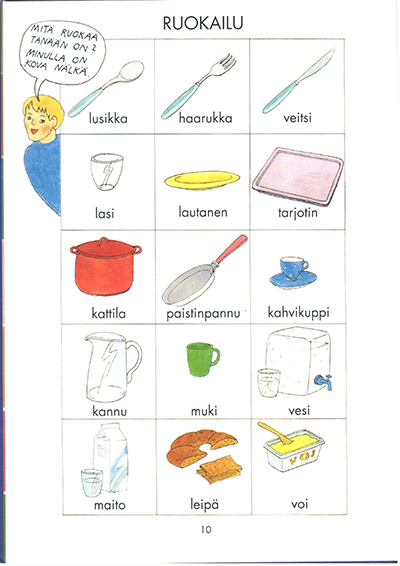 ... ...
... ... ... ...
... ... ... ...
... ...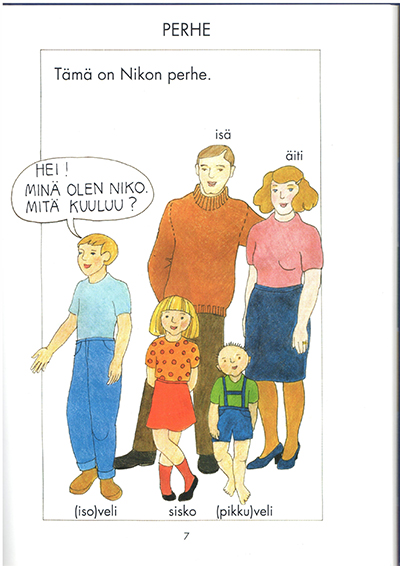 ... ...
... ... ... ...
... ...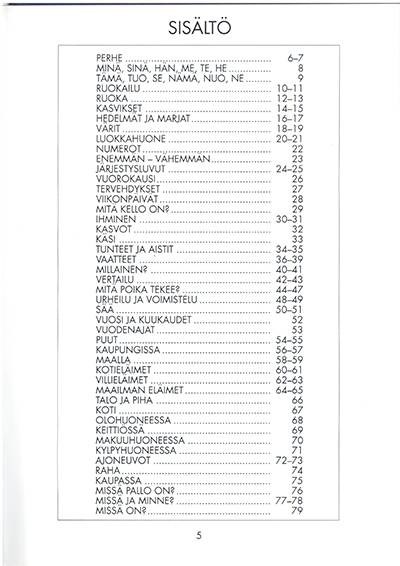 ... ...
... ... ... ...
... ... ... ...
... ...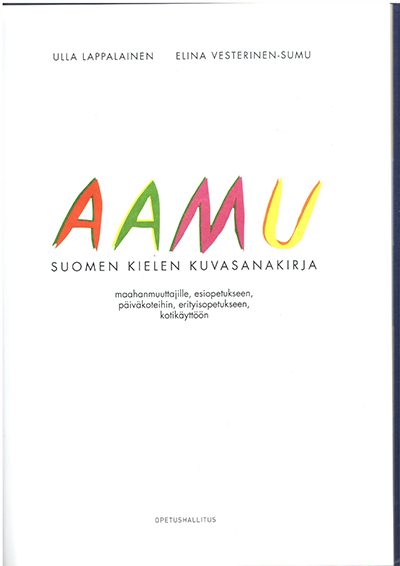 ... ...
... ...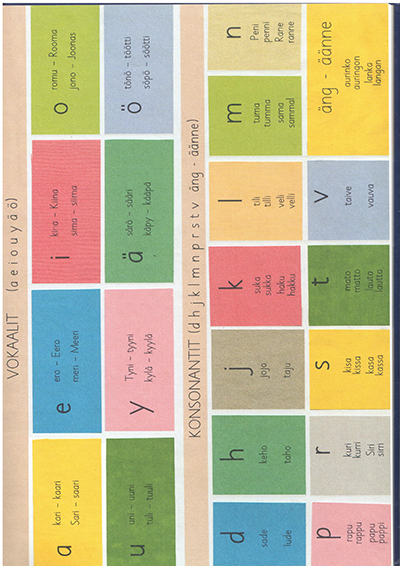 ... ...
... ...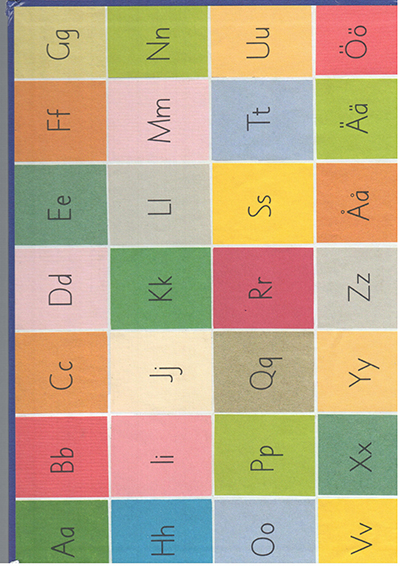 ... ...
... ...